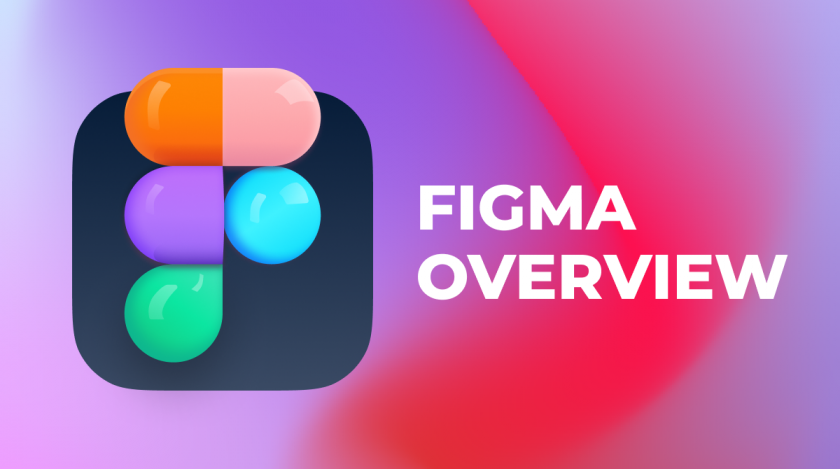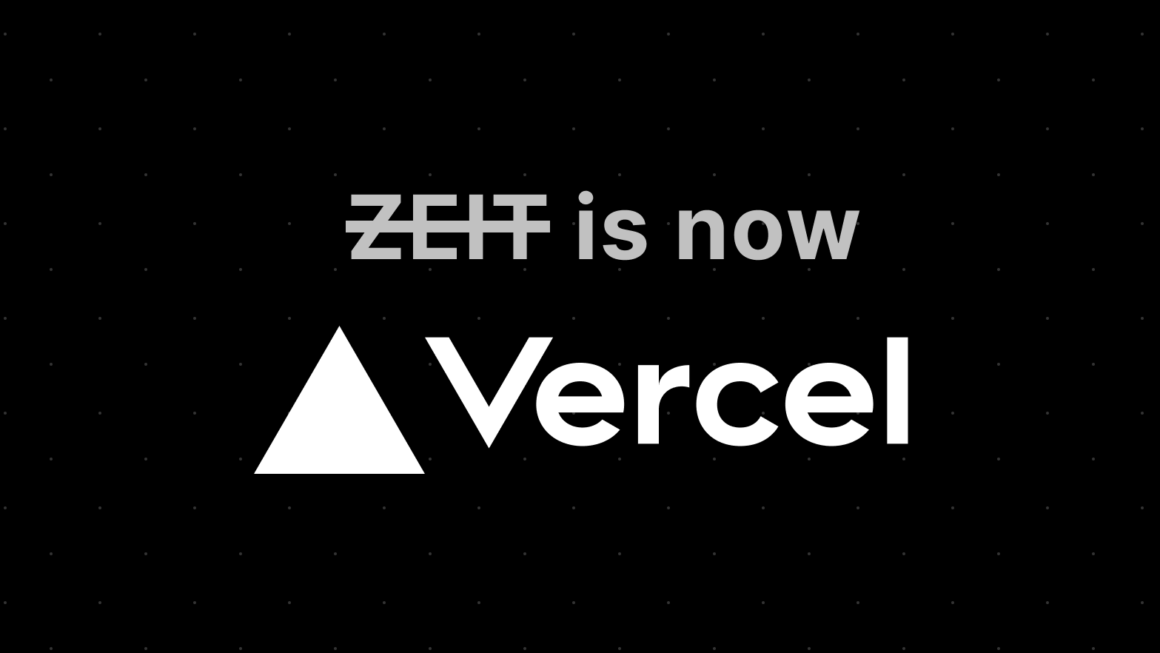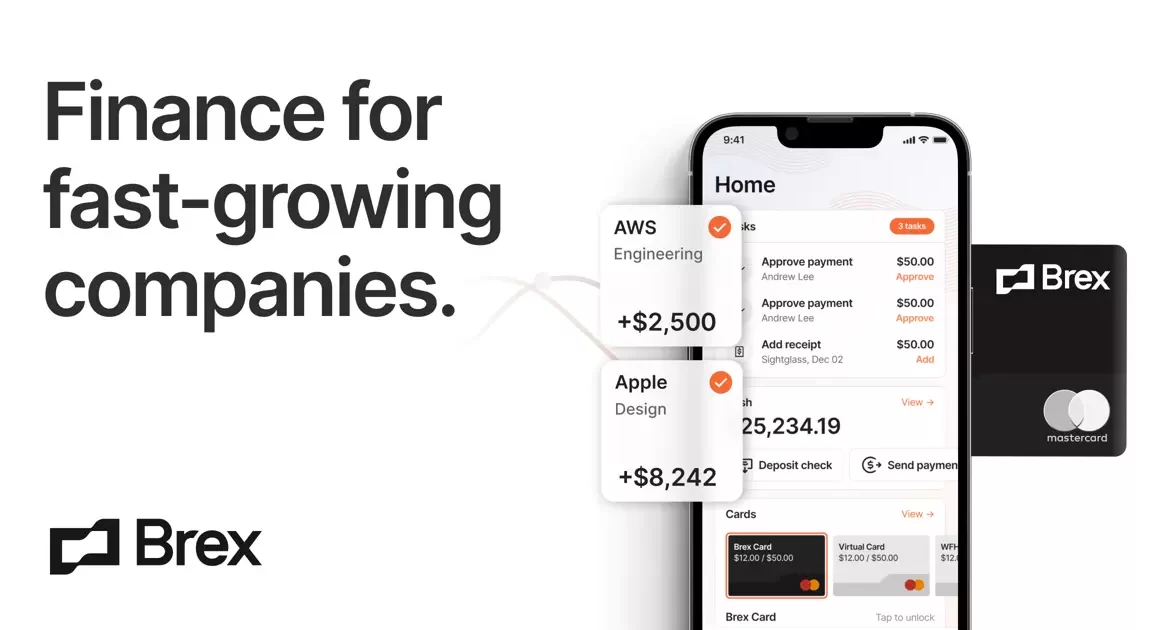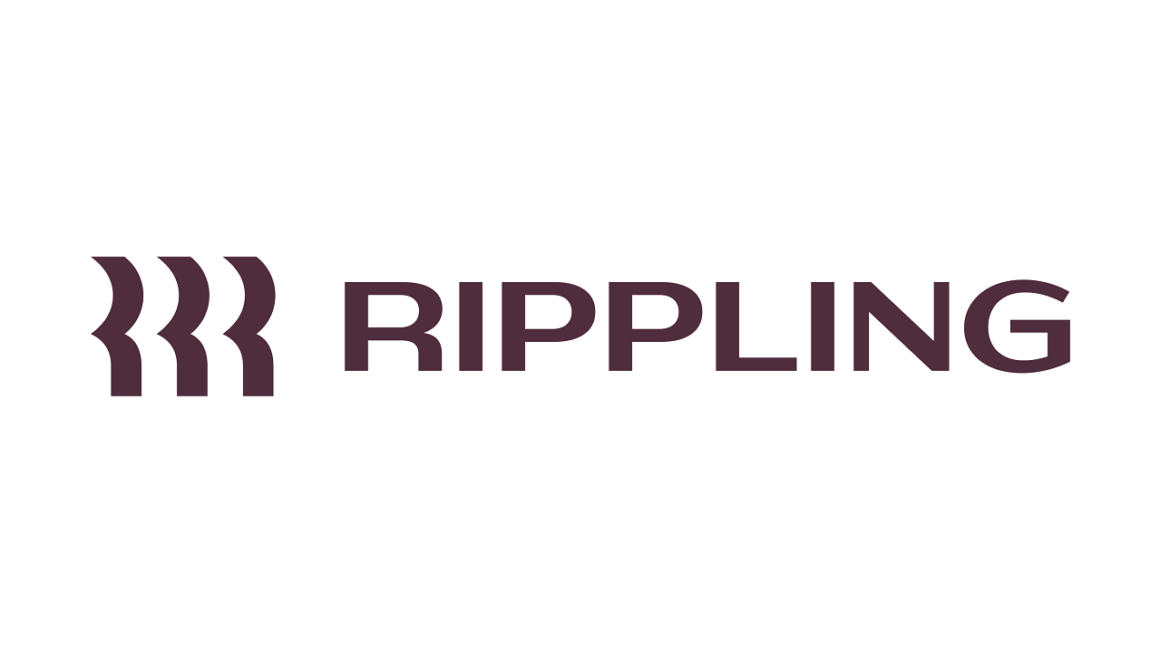Figma is a web-based design tool that allows designers to create and collaborate on high-quality designs. It was launched in 2016 by co-founders Dylan Field and Evan Wallace and has quickly become a popular choice for modern web designers.
Figma is a cloud-based design tool, meaning that all designs are stored in the cloud and can be accessed from anywhere with an internet connection. This makes it easy for designers to collaborate with team members regardless of their location, and allows for real-time collaboration on design projects.
One of the key features of Figma is its vector editing capabilities. Figma allows designers to create scalable vector graphics that can be used for a range of purposes, including website design, app design, and print materials. Its vector editing tools are easy to use and allow for precise control over design elements.
Figma also has a range of prototyping tools that allow designers to create interactive prototypes of their designs. This is a valuable feature for designers who want to test and refine their designs before finalizing them.
Another notable feature of Figma is its integration with other tools and services. Figma integrates with a range of popular design tools, such as Sketch and Adobe XD, as well as services like Slack and Trello. This makes it easy for designers to incorporate Figma into their existing workflows.
Overall, Figma is a powerful and flexible design tool that is well-suited for modern web designers. Its cloud-based approach and collaborative features make it an ideal choice for design teams, while its vector editing and prototyping capabilities provide designers with the tools they need to create high-quality designs.
Founding History of Figma
Figma was founded in 2012 by Dylan Field and Evan Wallace. The two met while Field was working as an intern at the startup Branch, where Wallace was a lead developer. They bonded over their shared interest in design and programming and began discussing the idea of creating a collaborative design tool.

Field and Wallace began working on Figma as a side project while Field was still a student at Brown University. They spent their evenings and weekends working on the tool, eventually launching a closed beta version in 2015.
The closed beta version of Figma received positive feedback, with users praising its collaborative features and ease of use. This feedback encouraged Field and Wallace to continue working on the tool and they raised $14 million in funding from top-tier investors like Greylock Partners, Index Ventures, and Kleiner Perkins.
Figma officially launched in 2016 and quickly gained a reputation as a game-changing design tool. Its cloud-based approach and real-time collaboration features made it a popular choice for design teams, while its vector editing and prototyping capabilities provided designers with the tools they needed to create high-quality designs.
Since its launch, Figma has continued to grow in popularity, with the company now valued at over $10 billion. It has attracted a loyal user base, including major brands like Uber, Slack, and Microsoft, and has been praised for its commitment to accessibility and inclusivity in design.
Overall, Figma’s founding history is one of two passionate individuals coming together to create a tool that fills a need in the design industry. Their commitment to creating a collaborative and accessible design tool has been a key factor in Figma’s success.
Business Model of Figma
Figma’s business model is based on a subscription-based SaaS (Software as a Service) model. Figma offers a range of pricing plans, including a free plan, as well as paid plans for individuals, teams, and enterprises.
The free plan allows users to create an unlimited number of designs, but limits them to three projects at a time and does not include access to some of Figma’s more advanced features. This plan is intended to allow users to test the tool and become familiar with its capabilities before committing to a paid plan.
Figma’s paid plans offer additional features and support for larger teams. The individual plan is priced at $12 per month and includes unlimited projects, access to Figma’s advanced features, and the ability to share and collaborate with other Figma users.
The team plan is designed for larger organizations and is priced at $45 per editor per month. This plan includes all of the features of the individual plan, as well as additional collaboration and management tools. The enterprise plan is designed for larger organizations with more complex needs and is priced on a custom basis.
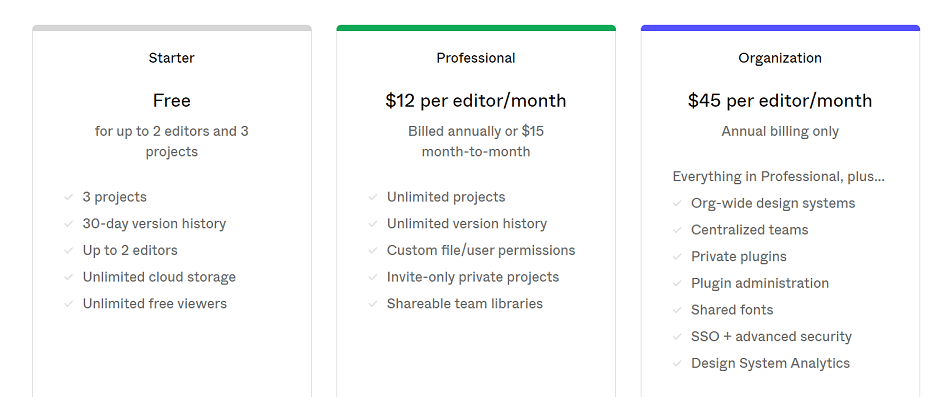
Figma’s business model is designed to appeal to a wide range of users, from individual freelancers to large enterprise organizations. By offering a range of pricing plans and features, Figma is able to cater to the needs of different types of users, while also generating recurring revenue through its subscription-based model.
Overall, Figma’s business model has proven to be successful, with the company valued at over $10 billion and a loyal user base that includes major brands and organizations. Its commitment to accessibility and inclusivity in design, as well as its focus on collaboration and user experience, has helped it to stand out in a crowded market and become a popular choice for modern web designers.
Also Read: How Miro Has Cracked the Collaboration and Intuitive Design Industry
Revenue Streams of Figma
Figma is a cloud-based design tool that allows users to collaborate on interface design, prototyping, and graphic design. Figma offers a range of subscription plans and revenue streams to generate revenue.
Here are the revenue streams of Figma in detail:
Subscription Plans: Figma offers subscription plans for both individuals and teams. The Individual plan costs $15 per month or $144 per year and includes features such as unlimited projects, files, and version history. The Team plan starts at $45 per editor per month and includes additional features such as shared team libraries, design system management, and advanced team permissions.
Figma Organization: Figma Organization is a subscription plan that allows businesses to manage multiple teams and collaborate across the organization. It includes features such as centralized billing, SSO (single sign-on), and dedicated support. Figma Organization plans start at $45 per editor per month.
Figma Plugins: Figma has a plugin ecosystem that allows developers to create and sell plugins to Figma users. Figma takes a 30% cut of the revenue generated from plugin sales.
Figma API: Figma also offers an API that allows developers to build custom integrations and applications that work with Figma. Developers can monetize their applications by charging users or by using the Figma plugin ecosystem.
Figma Community: Figma Community is a platform for designers to share their work and collaborate with other designers. Figma generates revenue by featuring sponsored content and promoting paid design assets.
Figma Education: Figma offers free accounts to students and educators. This helps to build a user base and cultivate a community of designers who are familiar with Figma’s interface.
In conclusion, Figma generates revenue through subscription plans, Figma Organization, plugin sales, API monetization, Figma Community, and Figma Education. These revenue streams allow Figma to continue developing new features and providing support to its users.
Marketing Strategies of Figma
Figma, the cloud-based design tool, has implemented several marketing strategies to attract and retain its user base. Here are some of the key marketing strategies used by Figma:
Product-Led Growth: Figma has adopted a product-led growth strategy, where the product itself is the primary marketing channel. Figma offers a free trial of the tool, and users can start designing right away without needing to download any software. This allows users to experience the product and its features before committing to a subscription.
Community Building: Figma has invested in building a community of designers by creating Figma Community, a platform where designers can share their work, collaborate, and get feedback. Figma also hosts design events and workshops to bring the community together.
Influencer Marketing: Figma has collaborated with influential designers and design leaders to promote the tool. Figma has also featured case studies of successful projects created using the tool to showcase its capabilities.
Social Media Marketing: Figma maintains an active presence on social media platforms like Twitter, Instagram, and LinkedIn. Figma uses social media to share design inspiration, updates, and feature releases.
Content Marketing: Figma produces a range of content, including blog posts, webinars, tutorials, and design resources. Figma uses content marketing to educate users on best practices, feature updates, and to provide design inspiration.
Partnerships: Figma has partnered with other companies to integrate with their tools and services. This has helped Figma to reach new audiences and create more value for its users.
In summary, Figma’s marketing strategies focus on building a strong community of designers, showcasing the product’s capabilities through case studies and influencer marketing, and providing valuable content to educate and inspire users.
Also Read: Canva – Founders, Business Model, Growth, Funding & Success
Figma Growth
Figma is a cloud-based design tool that has experienced significant growth in recent years. Here’s a closer look at Figma’s growth:
User Growth: Figma’s user base has grown rapidly in recent years, with over 4 million users as of 2021. Figma’s ease of use, collaborative features, and the shift towards remote work have contributed to its user growth. Figma has also expanded its product offerings to include design system management, prototyping, and handoff features, which have attracted new users.
Global Expansion: Figma has expanded its reach globally, with users in over 200,000 organizations across more than 190 countries. Figma has localized its product in several languages, including Japanese, French, and German, which has helped to attract users in non-English speaking countries.
Product Development: Figma has continued to invest in product development, adding new features and integrations to its tool. Figma has introduced design system management features, prototyping, handoff, and more, which have increased its value proposition for users.
Partnerships: Figma has formed partnerships with other companies, including Dropbox, Slack, and Microsoft Teams, which have helped to increase its reach and integrate it with other popular tools. Figma’s integrations with these tools have made it easier for users to collaborate and share their work.
Funding: Figma has raised significant funding from investors, including a $50 million Series D funding round in 2020, which has allowed the company to continue investing in product development and expanding its team.
In summary, Figma’s growth has been driven by its user-friendly design tool, collaborative features, expansion of its product offerings, global expansion, partnerships, community building, and funding. As the demand for remote work and cloud-based tools continues to grow, Figma is positioned to continue its growth trajectory.
Future of Figma
The future for Figma looks bright as the demand for remote work and cloud-based tools continues to grow. Here are some potential future developments for Figma:
Continued Product Development: Figma is likely to continue investing in product development to meet the needs of its users. This may include adding new features and integrations, improving the design experience, and expanding its product offerings.
Deeper Integrations: Figma is likely to deepen its integrations with other popular tools to provide a seamless workflow for designers. This may include tighter integrations with project management tools, collaboration tools, and prototyping tools.
Expansion of Design System Management: Figma’s design system management capabilities are likely to expand to include more features that help teams maintain consistency in their designs. This may include automation tools, improved version control, and collaboration features.
Continued Growth: Figma is likely to continue its growth trajectory as remote work and cloud-based tools become increasingly important. Figma may expand its reach to more countries and industries, as well as continue to attract new users with its user-friendly design tool and collaborative features.
AI and Machine Learning: Figma may incorporate AI and machine learning into its product offerings to improve the design experience. This may include features that suggest design solutions, automate repetitive tasks, and improve accessibility for users.
Augmented and Virtual Reality: As augmented and virtual reality become more mainstream, Figma may expand its product offerings to include design tools for these technologies. This may include features that help designers create immersive experiences for users.
In summary, the future for Figma looks promising as it continues to invest in product development, deepen integrations with other tools, expand its design system management capabilities, and grow its user base. As new technologies emerge, Figma is likely to adapt and continue to provide value to its users.
To read more content like this, subscribe to our newsletter
